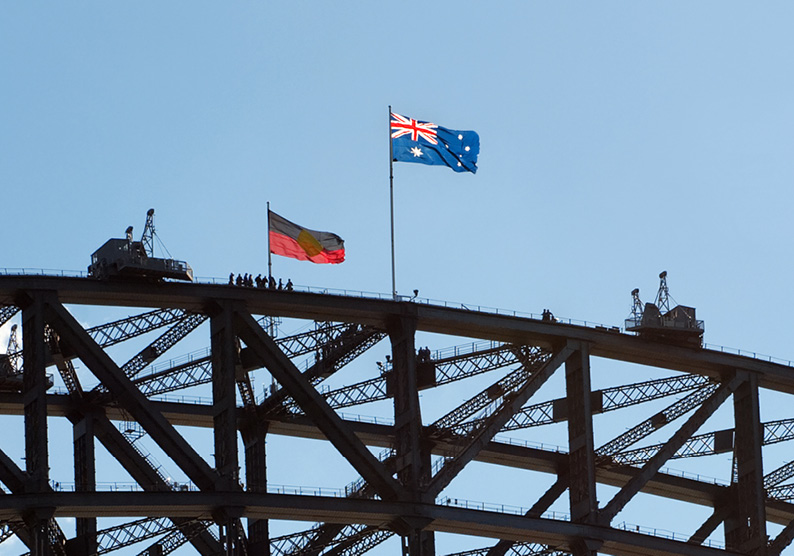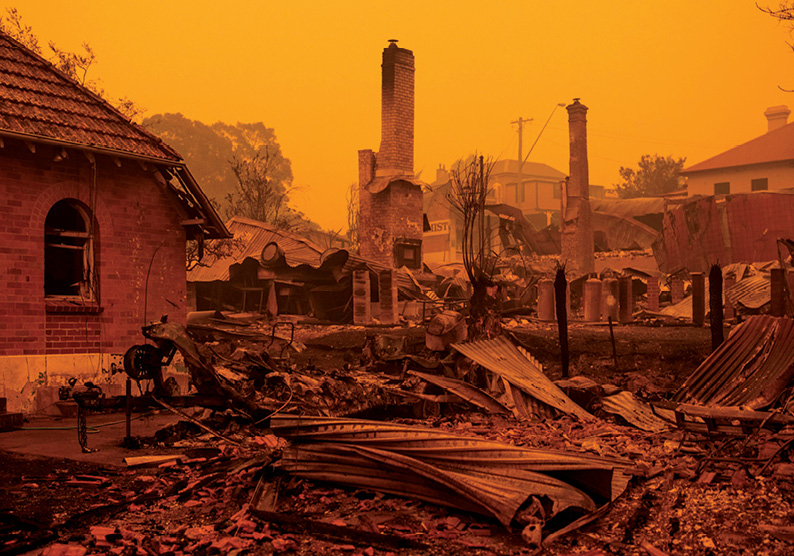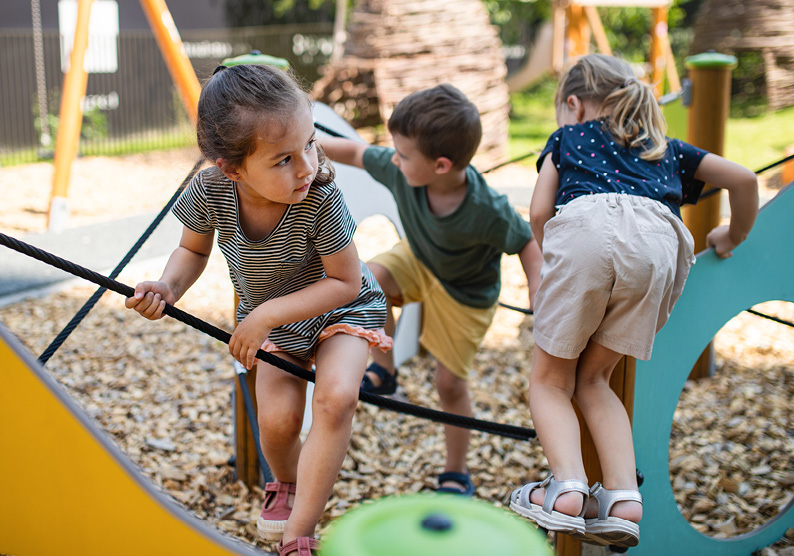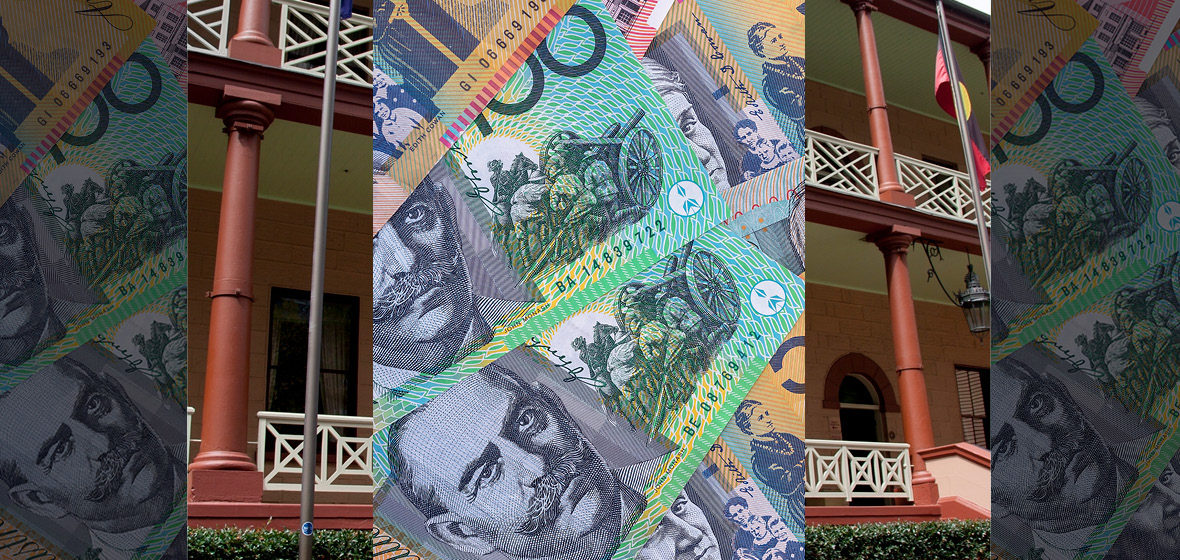NSW Treasurer Matt Kean handed down his first Budget on Tuesday with an emphasis on children, women, and housing.
He acknowledged the strength and resilience of NSW during the pandemic and the recent floods. While the state’s economy has rebounded and unemployment is at an all-time low, the aftershocks of the pandemic continue to be felt.
“This budget is about reform,” said Kean in his Budget address on Tuesday 21 June.
“This government believes there is always a better future if we choose to reach for it.”
Kean announced that there “is no greater investment than investing in the people of NSW”.
In particular, the Budget will support Indigenous people, women, children and public service workers.
“In this budget we choose to continue to stand by our people and take on the reforms that will transform our state,” said Kean.
In a joint statement, the President of the Law Society Joanne van der Plaat and the President of the NSW Bar Association, Gabrielle Bashir SC welcomed investments in Indigenous communities and funding boosts for integrity agencies including ICAC, the Ombudsman and the Law Enforcement Conduct Commission [LECC].
However, the Presidents noted insufficient investment in diversionary measures, including drug treatment services as recommended by the Special Commission of Inquiry into Ice.
In his Budget reply speech, NSW Opposition Leader Chris Minns slammed the Government for “[having] a press release for almost everything, but a plan for almost nothing” but congratulated NSW Premier Dominic Perrottet for a $743 million investment into palliative care services, noting “there are parts of this budget that I support. I do not want us to go down the American path of destructive partisan politics and undermining trust in democracy.”
Minns said “if this were a Labor budget, I would do four things differently: one, give real, immediate help for household budgets; two, build and buy things here to grow jobs at home; three, invest in education like our future depends on it, because it does; and four, shape the economy to deliver for the many who work hard, not just the lucky few.”

A just investment
An investment of $2 billion will be used to increase access to justice and improve courts and frontline services in NSW. The investment is intended to modernise the current system and support vulnerable people.
“Overall, the $2 billion investment will alleviate the stress for victims, their families and other vulnerable people who come into contact with our justice system,” said Attorney General Mark Speakman in a statement.
Key investments in the package include:
- $481.1 million for Legal Aid NSW to provide legal services to disadvantaged people
- $18 million to expand Audio-Visual Link facilities, including for domestic violence complainants and witnesses in 50 courts and tribunals
- $13.8 million for three acting District court judges to reduce the backlog of matters post pandemic
- $13.4 million to expand the Statewide Court and Community Liaison Services to support people in the criminal justice system with mental illness
- $10 million to test bail advocacy and support services for First Nations youth and women in Sydney and Newcastle
- $7.3 million to support partnerships with First Nations communities to improve justice outcomes
- $8 million to fund court-appointed questioners so that domestic violence complainants are never directly cross-examined by self-represented defendants
- $5.5 million to fund six full-time commissioners at the Industrial Relations Commission
- $3 million towards the Special Commission of Inquiry into LGBTQI Hate Crimes
- $0.7 million to support legislative action to outlaw coercive control in current and former intimate partner relationships
“The COVID-19 pandemic showed us the importance of technology in keeping the wheels of justice turning. The $18 million to be invested next financial year in this ongoing program is just a start on what’s needed to ensure gains made through the pandemic to modernise our legal system are locked in,” van der Plaat said.
“Given the continuing massive investments in recruiting new police officers, it would not be surprising if Local and District Court backlogs come under even more pressure.
“For every dollar spent on policing, significant investment is also required in downstream justice system and corrections costs. To meet some of that demand, more pre-court diversion would reduce the contact minor offenders – quite often society’s most vulnerable – have with the criminal justice system. Yet the Budget is silent on the implementation of the recommendations of the Ice Inquiry.”
Women’s safety
More women and children will be supported with the investment of $69.6 million into services that support victims of domestic and family violence. In Australia, one in six women experience physical or sexual violence from a current or former partner. Kean said the government is dedicated to ensuring each person affected by domestic and family violence receives adequate support.
“We owe it to all people who have suffered from domestic abuse to support them to find a home that is free from violence and pursue legal action if they choose to”, said Kean.
Minister for Women’s Safety and the Prevention of Domestic and Sexual Violence Natalie Ward announced that $43.6 million will be used to expand and improve the Safer Pathway program. Safer Pathway assists victim-survivors by coordinating government and agency responses to women to avoid them having to re-tell their story multiple times in multiple places and risk further traumatisation.
“The Safer Pathway program is all about assisting victim-survivors of domestic and family violence to access the services they need to escape violence and rebuild their lives,” said Ward.
Public spaces, parklands and public transport will undergo a complete overhaul in an effort to improve women’s safety. In a recent survey by Plan International Australia, 90 per cent of young women indicated they felt unsafe in public spaces after dark.
The NSW Government will launch a $30 million anti-street harassment initiative to trial solutions such as CCTV, lighting, and foot traffic upgrades. The government will work with women and girls to design these measures.
“I have heard too many stories of women taking the long way home to avoid dark streets or calling a friend while walking in case something goes wrong,” said Kean in announcing the investment.
“Safety shouldn’t depend on who you are or where you are.”
Ward said the program was needed to address both the safety issue as well as the cause.
“This is why funding will also go towards education campaigns that seek to shift community attitudes and reaffirm that harassment and assault on our streets is not acceptable,” said Ward.
To address sexual harassment in the workplace, $4.8 million will be spent on a new taskforce to hold employers to account. The taskforce will provide training and guidance, particularly in male-dominated industries.
“We know sexual harassment is a problem in our workplaces… one in four women reported sexual harassment in the last five years”, said the Minister for Fair Trading Eleni Petinos in announcing the new scheme.

Improving outcomes for Indigenous People
The Presidents of the Law Society of NSW and NSW Bar Association said the $716 million package aimed at Closing the Gap is a significant step toward improving outcomes for Indigenous people, including in the justice system.
“For too long, our First Nations citizens have been over-represented in the care and protection and criminal justice systems. These modest investments represent a long-awaited acknowledgement that there is much work to do to address this inequality,” van der Plaat said.
“Significant funding is needed to address the unacceptably high rates of overrepresentation in the justice system of First Nations persons. This is a step in the right direction”, said Bashir.
As part of Closing the Gap initiatives, $25 million will be invested in setting up a permanent Aboriginal flag above the Sydney Harbour Bridge by the end of 2022.
Premier Perrottet said the permanent installation of the Aboriginal flag is an important gesture towards reconciliation and celebrating our Indigenous history.
“It is a continuation of the healing process as part of the broader move towards reconciliation,” said Perrottet.
Transport for NSW and Aboriginal Affairs will work alongside Aboriginal stakeholders in the lead up to installing the Aboriginal flag.

Bushfire funding
A further investment in Fire and Rescue (FRNSW) has been announced, taking the total funding for FRNSW to $80 million.
Kean said this funding is part of the NSW Government’s commitment to learn and implement findings from the deadly bushfires in 2019-20.
“We know how important it is to protect our communities by making sure our frontline of emergency response is equipped to handle whatever comes its way,” said Kean.
A further $9 million will go towards providing the FRNSW with 16 new bush fire tankers to replace the 22-year-old fleet.
“The additional funding for 16 more tankers means FRNSW will be armed with an entirely new fleet of modern, advanced and environmentally-friendly fire trucks to better respond to whatever bush fire threats emerge,” said Minister for Emergency Services and Resilience and Minister for Flood Recovery Steph Cooke in a statement.
In addition to the new tankers, $30.7 million will be injected to upgrade personal protective clothing, $5.2 million will be used to expand the Remotely Piloted Aerial Systems (RPAS) drone program and $18.4 million will be allocated to improve emergency service call-taking and dispatch software systems. Firefighters will also have access to mental health programs, psychologists, and wellbeing officers to cope with frontline duty.
The housing market
The government has pledged $740 million in a shared equity scheme to help nurses, police officers and teachers purchase a house. The state will provide up to 40 per cent in equity for a new property and up to 30 per cent for an existing property under $950,000 in Sydney or other major regional centres.
“One of the government’s priorities is to make homeownership a reality for more people across our state and allow people to live closer to where they want to work, live and raise a family,” said Perrottet.
To be eligible for the scheme, participants must have a maximum income of $90,000 for singles and $120,000 for couples and be able to pay a deposit of minimum two per cent of the asking price.
From 16 January 2023, first home buyers will also be given a choice between paying stamp duty or an annual $400 property tax plus 0.3 per cent of the property’s value.
“We want to lower the barriers to owning a home for first homebuyers seeking a place of their own,” said Perrottet.

Childcare
The NSW government has pledged $775 million over four years to reduce the costs of childcare. Subsidies will be offered to private childcare centres to help lower fees across the sector. The government is also investing $281 million to increase the childcare workforce.
“Childcare costs impede the dreams of women across NSW because many women are only able to keep about 30 cents in each dollar they earn when they return to work,” said Kean, whose toddler son Tom visited him in Parliament after he presented the Budget to the House.
Perrottet, himself a father of seven children, also acknowledged that it is difficult for young families to balance work and family, in part, because childcare places are difficult to obtain, and the cost is too high.
Women in small business
Women in small business will have access to free TAFE courses and professional advice over the next four years due to an investment of $15 million.
“Many people dream of owning their own business; however we know that cultural and structural barriers like access to professional networks and capital can hold women back from taking the leap,” said Kean.
In NSW, 95 per cent of business are small businesses however only one third of these are led by women. The NSW Government has pledged to support women in small business by providing:
- $3.5 million for fee-free TAFE NSW Women in Business courses
- $2 million in grants to industry associations and chambers of commerce to hold professional networking programs
- $5 million to expand the Business Connect program
- $4.5 million towards the Service NSW Business program
Minister for Women Bronnie Taylor praised the investment. “From Ballina to Braidwood and everywhere in between, this package empowers women to start and grow their businesses, because we know when women succeed, NSW succeeds,” said Taylor.




